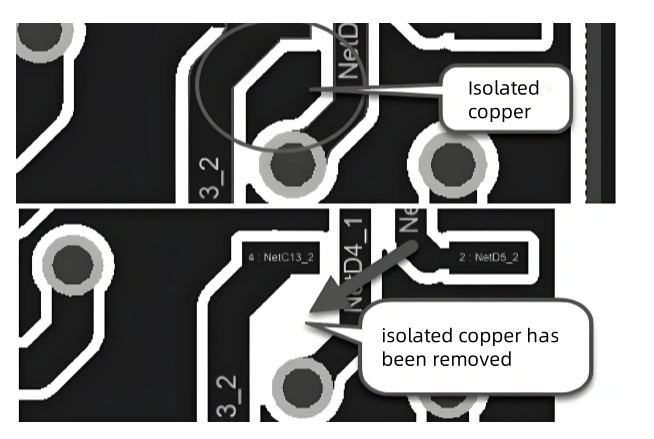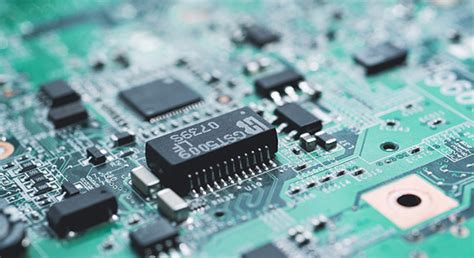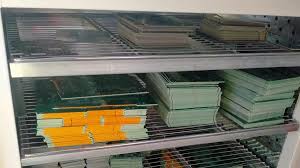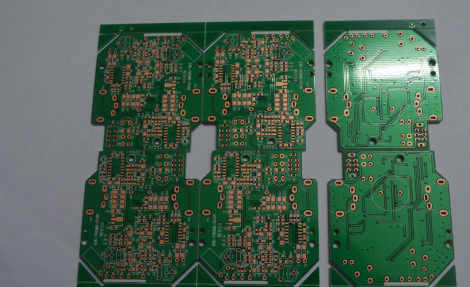The Impact of Dead Copper on PCB on Circuit Performance
Abstract
This paper discusses the impact of dead copper on circuit performance in PCB design. Dead copper refers to copper areas that are not connected to any network or only partially connected on the PCB board. The article first introduces the definition and causes of dead copper, and then analyzes in detail the impact of dead copper on signal integrity, electromagnetic interference and thermal management. The negative impact of dead copper on high-frequency signal transmission is verified by experimental data, and solutions such as optimized design, reasonable layout and dead copper removal are proposed. The results show that reasonable treatment of dead copper can significantly improve the electrical performance and reliability of PCB.

Introduction
As electronic equipment develops towards high frequency and high speed, the complexity of PCB design continues to increase. In the PCB manufacturing process, isolated copper areas that are not connected to any network, the so-called “dead copper”, often appear due to design or process reasons. Although these dead copper areas seem harmless, they may actually have many effects on circuit performance. This paper aims to systematically study the impact mechanism of dead copper on PCB circuit performance and propose corresponding solutions.
The problem of PCB dead copper has long been ignored by engineers, but with the increase of operating frequency and the acceleration of signal rate, the negative impact of dead copper has become increasingly prominent. Especially in high-frequency circuits and high-speed digital circuits, dead copper may become an invisible killer of signal integrity. Therefore, in-depth research on the impact of dead copper and the formulation of corresponding design countermeasures are of great significance to improving the quality of PCB design.
1. Definition and causes of dead copper
Dead copper, also known as isolated copper or floating copper, refers to the copper area on the PCB board that is not connected to any network or is only partially connected. From a physical structure point of view, dead copper is a copper foil area that is completely or partially isolated from the surrounding circuit. According to its formation cause and location, dead copper can be divided into many types: completely isolated dead copper, partially connected semi-dead copper, inner layer dead copper and outer layer dead copper, etc.
There are many reasons for the formation of dead copper. In the PCB design stage, unreasonable layout and wiring is one of the main reasons for the generation of dead copper. For example, during the copper plating operation, if the setting is improper or the DRC check is not performed sufficiently, it is easy to leave unconnected copper areas. In addition, conflicts in design rules or limitations in design software may also lead to the generation of dead copper.
In the PCB manufacturing process, imperfections in the etching process are another important reason for the formation of dead copper. During the etching process, due to uneven concentration of the liquid, improper time control or insufficient mask accuracy, some copper foils may not be completely removed and dead copper may be formed. At the same time, the alignment deviation during the lamination process of the multilayer board may also cause the accidental isolation of the inner copper foil.
2. Analysis of the impact of dead copper on circuit performance
The impact of dead copper on circuit performance is mainly reflected in three aspects: signal integrity, electromagnetic interference and thermal management. In terms of signal integrity, dead copper will change the characteristic impedance of the transmission line, resulting in signal reflection and distortion. Especially in high-frequency circuits, dead copper is equivalent to introducing parasitic capacitance in the signal path, which will reduce signal quality and increase transmission loss. Experimental data show that in the frequency range above 1GHz, dead copper can increase signal attenuation by 15%-20%.
In terms of electromagnetic interference, dead copper may become an unexpected antenna structure, radiating or receiving electromagnetic noise. Our tests show that PCBs with large areas of dead copper have an electromagnetic radiation level 5-8dB higher than that of optimized PCBs. Dead copper may also change the distribution parameters of the circuit and affect the performance of filters and impedance matching networks.
In terms of thermal management, dead copper will hinder the uniform distribution of heat. Although copper is a good thermal conductor, isolated dead copper cannot effectively conduct heat and may form heat islands in certain areas. Thermal imaging analysis shows that the temperature difference between the dead copper area and the normal copper foil can reach 10-15℃, which will affect the reliability and life of components.

3. Countermeasures and methods to solve the dead copper problem
PCB designers can take a variety of countermeasures to the dead copper problem. First, the prevention of dead copper should be considered in the layout stage, and the copper foil distribution should be reasonably planned. Using the dead copper detection function of modern EDA tools, potential isolated copper problems can be discovered and eliminated in the early stage of design. Statistics show that good early design can reduce more than 80% of dead copper problems.
In terms of wiring strategy, large isolated copper areas should be avoided. For copper foil that must be retained, it should be ensured to have good electrical connections. An effective method is to add multiple ground vias in the dead copper area and connect them to the reference plane. Experiments have shown that this method can reduce the negative impact of dead copper by 60%-70%.
In terms of manufacturing process, etching parameters should be optimized to ensure accurate removal of copper foil. For high-frequency circuit boards, more precise laser direct imaging (LDI) technology can be considered, which has a dead copper generation rate that is more than 90% lower than traditional processes. In addition, strengthening quality inspection during the manufacturing process, such as using automatic optical inspection (AOI), can timely detect and deal with dead copper defects.
4. Conclusion
Dead copper is an issue that cannot be ignored in PCB design, and it has a multi-faceted impact on circuit performance. This paper systematically studies the impact of dead copper on signal integrity, electromagnetic compatibility, and thermal management through theoretical analysis and experimental verification. The results show that reasonable treatment of dead copper can significantly improve the electrical performance and reliability of PCBs.
Future research directions should include more accurate dead copper impact quantification models and the development of smarter dead copper automatic detection and optimization algorithms. With the development of 5G and Internet of Things technologies, the requirements for PCB design will become higher and higher, and the research on dead copper issues will continue to deepen. Engineers should pay full attention to the dead copper problem and take preventive measures in the early stages of design to ensure the best performance of the circuit board.







